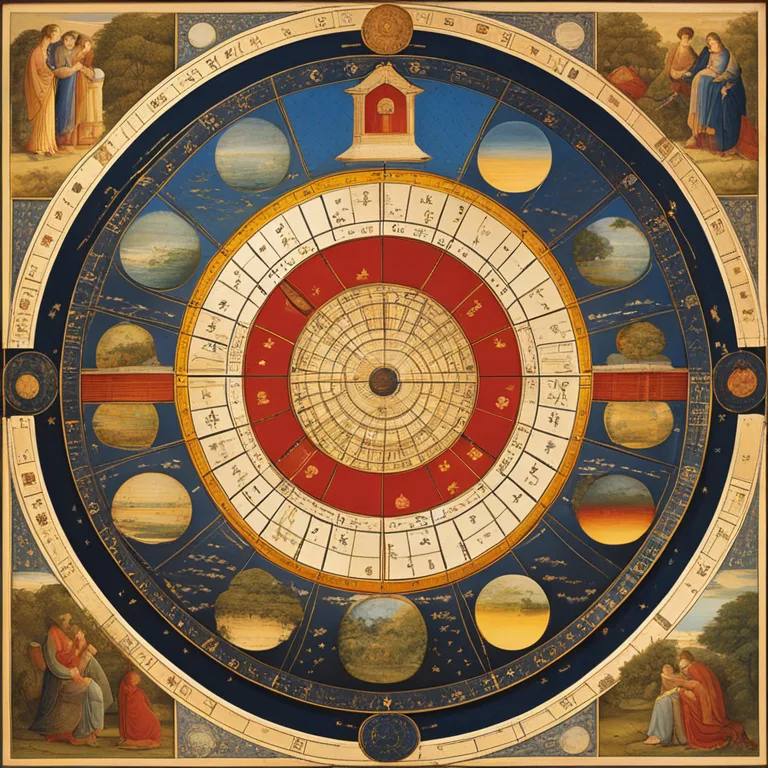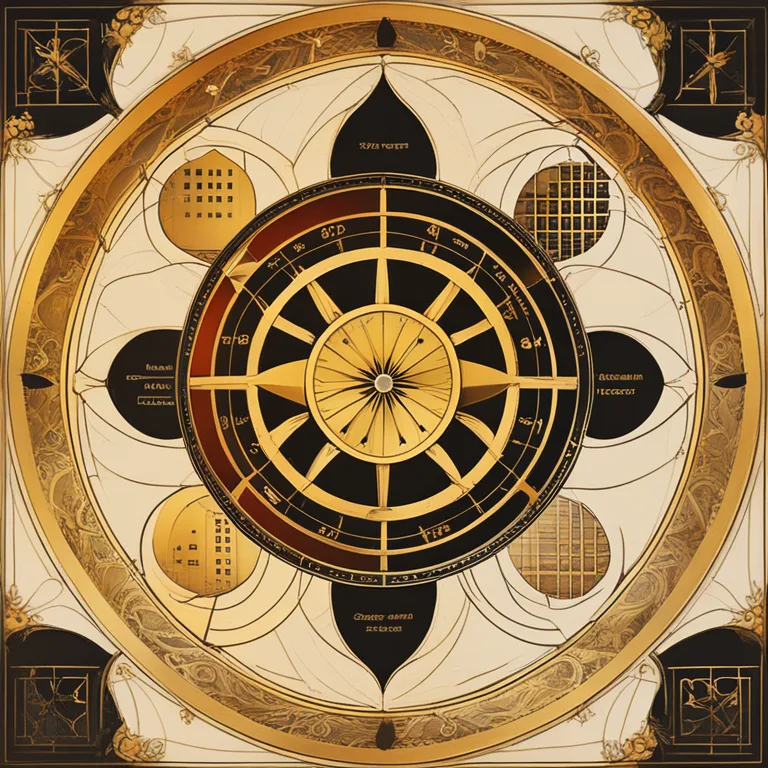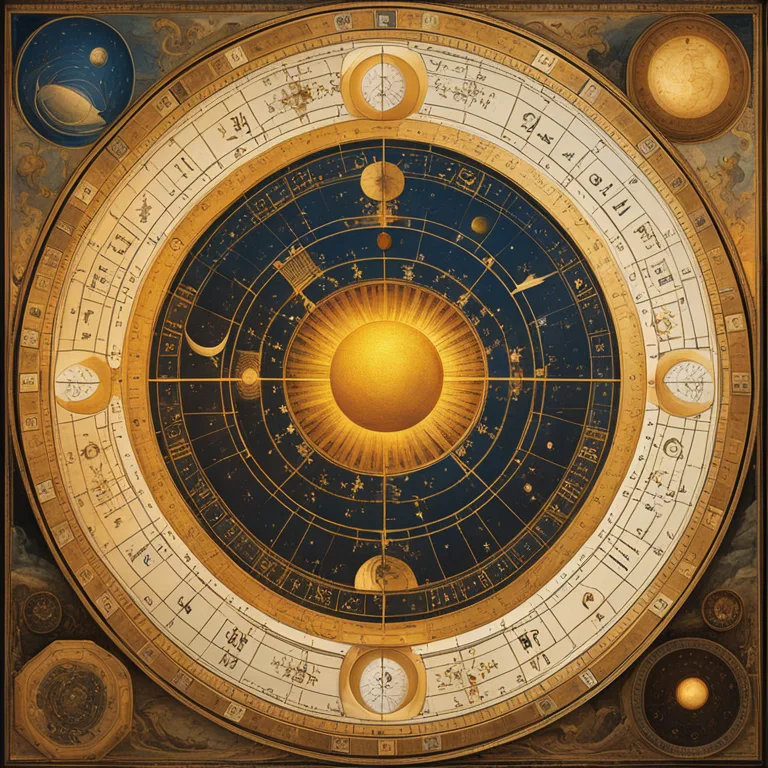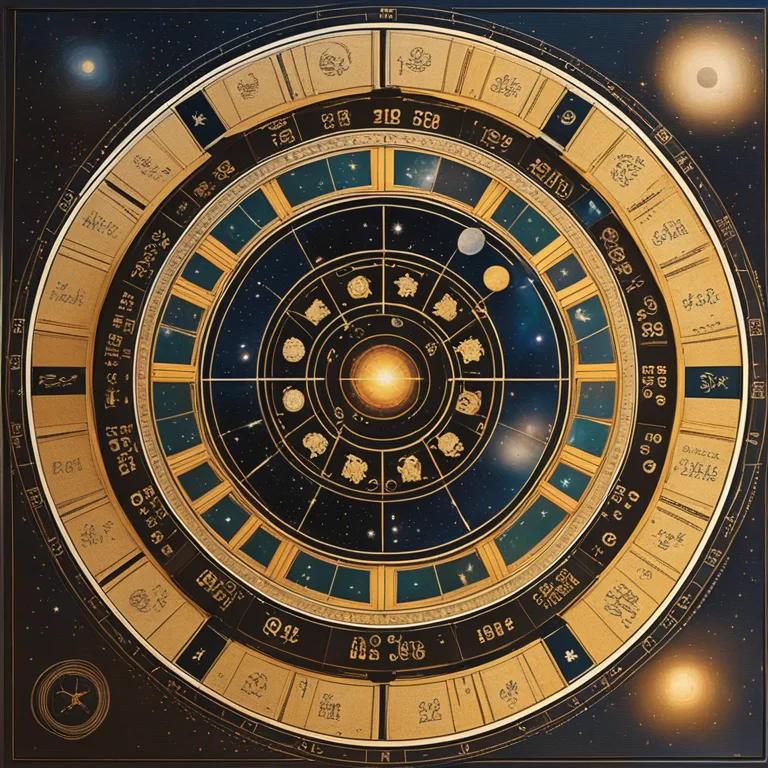
Creating A Birth Chart: Full Guide
Learn how a birth chart is meticulously crafted and what celestial insights it can offer into your life.
article by Priya Deshmukh
Introduction to Birth Charts
In astrology, a birth chart, also known as a natal chart, acts as a celestial snapshot of the sky at the precise moment of your birth. It is a powerful tool used to interpret one's personality, potential, and life course. The birth chart is a map revealing where planets were located in terms of zodiac signs and the houses of astrology when you first entered the world. These alignments are believed to influence an individual's traits and fate, providing insight into strengths, weaknesses, and key life events. Understanding how to prepare a birth chart is the cornerstone for anyone interested in the art of astrology.

Gathering Vital Information
The first step in crafting a birth chart is to collect the essential data: the date, time, and place of birth. The exact time is crucial as it determines the Ascendant or rising sign, which sets the layout of the houses in the chart. Even a difference of a few minutes can alter the chart's arrangement significantly. The birth location provides the latitude and longitude necessary to calculate the local sidereal time — an important factor for house placement. If the birth time is unknown, a solar chart can be used, placing the Sun sign as the chart's default first house.

Calculating Planetary Positions
Once the personal data is obtained, astrologers use either software or mathematical calculations involving ephemerides — tables listing the positions of celestial bodies over time — to ascertain where the planets were situated in the zodiac. The chart is typically presented in a circular form, divided into 12 segments known as houses, with the Earth represented at the center. Each planet’s position in relation to the zodiac signs is plotted, noting whether it's in its domicile, exaltation, fall, or detriment, which affects the influence it wields in the chart.

The Significance of Houses
The twelve houses in a birth chart each correspond to different areas of one's life, such as identity, relationships, career, and personal wealth. The Ascendant marks the beginning of the first house, and the rest follow counter-clockwise, shaped by the time and location of birth. Astrologers examine which planets fall into which houses and how they interact. During this process, aspects — the angles planets make with one another in the chart — are scrutinized, as these can soften or intensify the planets' effects.

Consideration of Zodiac Signs
Planets within the zodiac signs provide another layer of meaning. Each sign embodies certain characteristics that are imparted on the planets that travel through them. Astrologers analyze the energy of these signs to inform the expression and dynamics of the planets within a birth chart. The positioning of these planets, particularly of the Sun, Moon, and Ascendant (or rising sign), greatly influences one’s inherent temperament and outlook on life.
Interpreting the Chart
Interpreting a birth chart demands a harmonious blend of skill, intuition, and knowledge of astrological principles. It is a nuanced process that uncovers the intertwining dynamics of one’s astrological make-up. An astrologer considers the overall balance of elements (fire, earth, air, water) and modes (cardinal, fixed, mutable), the distribution of planets across the houses, and the patterns formed by their positions. Each factor contributes to the unique astrological profile of an individual. A well-prepared birth chart provides a comprehensive depiction of one's proclivities and potential life path, becoming a guide for personal development and understanding.
Published: 12/27/2023
Modified: 12/28/2023
More predictions
Come back here soon to learn more about yourself and your future


Moon Phases Yoga: Aligning Body & Cosmos
Delve into Moon Phase Yoga and how it harmonizes your practice with the celestial energy of lunar cycles for spiritual and physical well-being.


Moon Phases: A Celestial Cycle
Discover the celestial mechanics behind the lunar phases, the cyclic dance that directs the moon's appearance in our night sky.


How to Track the Moon’s Phases
Discover simple methods to find out the current phase of the moon for insights into astrology and biorhythms.